Feature 9 min read
UK-Swedish start-up launches electric truck that could revolutionise urban freight distribution
Electric vans and trucks are still in their comparative developmental infancy, but Volta is hoping to push things forward with the first purpose-built fully-electric truck designed for urban goods distribution. Innovative tech, a keen focus on safety and a customer-driven approach are at its heart – but can it compete with diesel? We speak to Volta CEO Rob Fowler to find out.
Founded in Sweden but with most of its operations based in the UK, Volta was founded with a simple purpose; to develop the world's first purpose-built, fully-electric large goods vehicle designed specifically for inner-city deliveries. Alongside this, it also wanted to create a truck that is the safest and most sustainable in the world.
The result of this ambition has now been officially launched in the form of the Zero. But in a market with a regular supply of keen start-ups producing electric commercial vehicles, what makes the Volta Zero stand out?
The Volta Zero in detail and in conversation with Rob Fowler
We spoke to Rob Fowler to not only find out a bit more about the Volta Zero, but also to get under the skin of the company a bit more. Rob has a background in the commercialisation of EVs, and has worked in one of the industries the Zero is aimed at having previously spent nine years at DPD – a company that is set to trial the Zero.
In terms of size, the Volta Zero is similar in size to a regular 7.5 ton truck with an overall length of 9460mm, width of 2550mm and height of 3470. Its electric underpinnings and generous 4.8 metre wheelbase maximises the load space, with an overall volume of 37.7 cubic metres capable of swallowing 16 standard Euro pallets, or 8600kg of goods. Making the Zero at this size means that it is able to replace three or four 3.5 tonne vans – reducing urban traffic.
Powertrain
Currently, the Volta Zero is the only electric commercial vehicle using an e-axle, wherein the electric motor is built directly into the rear axle rather than being mated to a driveshaft. This offers benefits to packaging, weight and efficiency and will offer performance similar to that found in equivalent diesel trucks.
It draws power from a battery that will range in size from 160-200kWh in size and is located centrally within the chassis rails. Made of Lithium-ion Phosphate, it is offers longevity (rated for 4000 charging cycles), robustness and won't ignite if punctured (unlike nickel cobalt manganese batteries). Volta quotes an entirely realistic range of between 95 and 125 miles with a full payload and a charging time of between four and six hours.
In Rob's experience, these specs are more than suitable for its planned use: “The majority of operators will have a one charge overnight operation. You don't want to be parking a Zero on the street to charge it at a rapid charger so the idea is to charge it in the depot, which will give enough mileage to do more than a day's work. From my point of view, having been in the position where I've taken on vehicles in the past that only get 60 per cent of their quoted range, we have been very pragmatic about the way we've assessed the Zero. We're incredibly confident that we can deliver the mileages that we're talking about – and it gives operators that certainty that they can run the vehicles properly.”
We wondered why Volta had gone down the battery route when hydrogen is being favoured for HGVs elsewhere. Rob points out that the Zero's intended use in urban areas means those 125 miles is more than enough for a day's work. Simply, Volta doesn't intend the Zero to be making runs up and down motorways.
Sustainability
Volta is building the Zero to be the most sustainable electric truck in the world. Carl-Magnus Norden, Founder of Volta Trucks, states that it's at “the very core of our business. Saving the planet cannot wait”.
At the most obvious level, the Volta Zero has no tailpipe emissions which has the obvious benefits to urban air quality as well as the reduction in atmospheric CO2. The company quotes a saving of 180,000 tonnes of CO2 by 2025.
“That's a basic equation regarding the predicted number of vehicles and basic tailpipe emissions of an equivalent vehicle. It doesn't take into account upstream emissions, and therefore the true savings could actually be significantly higher. It's a bit of a reflection on us as a company that we try and be pragmatic and reasonable in our approaches,” said Rob.
Elements of the truck are also built from a natural flax material, developed by Swiss company Bcomp (the panels in black in the images). It offers the benefits of carbon fibre with equivalent stiffness and weight, but uses 75 per cent less CO2 to make. It's bonded using a biodegradable resin created by UK composites specialist, Bamd, and at the end of its life can be burnt for thermal energy recovery rather than sent to landfill.
Given its intended use in urban areas, we wondered about the ease with which this space-age material can be repaired; “An advantage of the product we're using versus carbon fibre is that carbon fibre shatters which is not what you want in a city centre environment. The beauty of the panels is that they're very easy to fit and remove, and on top of that you can effectively resin and repair them. With dinks and scrapes, they're very straightforward to fix.”
Safety
Choosing to use the flax material over carbon fibre was partly a safety issue; shattered carbon is extremely sharp and no good with people, cycles and other vehicles around. In fact, safety is at the heart of the Zero, and it has been developed with the specific challenges of safety in urban areas. In London 23 per cent of pedestrian and 58 per cent of cyclist fatalities involve an HGV, yet they make up just 4 per cent of road miles.
One simple but significant feature is the fact that the centrally-positioned driver sits at a height of 1.8 metres – or to put it another way, eye-level for an adult. A huge glasshouse cabin offers 220 degrees of visibility whilst 360 degree cameras fill in the bits the driver cannot directly observe. A clean, minimalist dashboard reduces cognitive overload and an advanced driver assistance systems (ADAS) add an electronic safety net.
The battery's location, centrally within the chassis rails and its stable properties if punctured also enhance the overall safety of the Zero. It can also be recycled at the end of its useful life, adding further to the sustainability element of Volta's operations.
Who's going to use the Volta Zero?
Starting with a fleet of 12 pilot vehicles, in the first half of next year Volta will be used by logistics companies around Europe for real-world testing. A first quota of 500 trucks is planned by the end of 2022. DPD in the UK and Bring and Posten in Nordic markets have already been announced.
“We won't put names out but most of our trial fleet for 2021 is allocated already,” said Rob. “There's interest from B2B, food and beverage, retail, supermarket and even heavy duty B2C such as white goods delivery. We've actually taken deposits against some of our 2022 production so we've already sold some of our first 500.”
Naturally, the Zero will cost more than an equivalent diesel truck, but Volta's argument – and it's one that applies across the EV spectrum – is that total cost of ownership (TCO) is almost always less.
“Whilst purchase cost is undoubtedly higher, running cost is undoubtedly lower, so it's very much an offset between the two,” states Rob. “From our point of view our total cost modelling, which we've already shared with customers, shows TCO as comparable to a diesel vehicle. Once you get the points across that the vehicle has the range buyers require, the charging infrastructure and it costs the same as a diesel vehicle, it's a very nice place to be.”
There's more good news for would-be buyers: “We also haven't included congestion charges and local emissions taxes in the TCO as we can't guarantee that those measures will be there in 10 years. As such, as a base level we can demonstrate that the total cost over a given number of years will be the same as a diesel vehicle and that's a key piece in a tight margin industry.”
Furthermore, Volta is aiming to offer the Zero using a 'truck as a service' scheme, through which users get not only the truck, but also servicing, support and charging infrastructure installation within their monthly payments. Rob comments: “When it comes to 'truck as a service', the maintenance becomes much better and the servicing becomes much better because customers will be dealing with us - a company that has an inherent interest in what they're doing. We see it as a great opportunity to build relationships with customers.”
What does the future hold?
“London and Paris are very much our first two target markets. London is moving progressively and Paris is even more aggressive in regulatory frameworks (for low carbon transport) so they make sense as our first two locations. We then see it moving into other European cities so we are already engaged with customers in two or three other countries so we will roll out into capital or big cities over the coming years to achieve the numbers [sales] that we want to.”
Expansion into other markets wasn't ruled out but the USA, for example, has a lot of hurdles around type approval to overcome. At the moment, Volta is also concentrating on the Zero as you see it presented here with no plans for modular body-on-chassis systems and other manner of derivatives. Customer demand – which is what drives company decisions – is for the Zero as-is, with a few options like a refrigerated version.
For Volta, it's very much a case of focussing its energies on getting the basics right first time. And this is refreshing in a market where comparable start-ups are offering trucks, flat beds, pickups, the moon on a stick...
Discover EV's take
'Refreshing’ is the buzzword we'd go with when it comes to Volta's approach. The Volta Zero is pragmatically designed – fit for purpose and created to fulfil customer needs as well as the challenges of the urban environments it is going to be used in. Volta is walking before it can run – laying the groundwork for success and building on it progressively. Talking to Rob reinforces this feeling of pragmatism.
Make no mistake; whist electric trucks are behind the curve compared to cars, vehicles are going to come to the fore in the next five years for urban distribution. If Volta can continue as it has started, the Zero stands a very good chance of being at the forefront of this revolution.

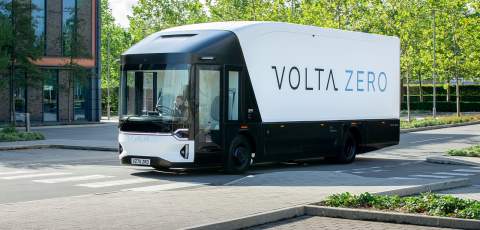
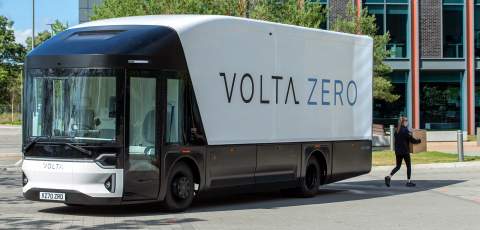
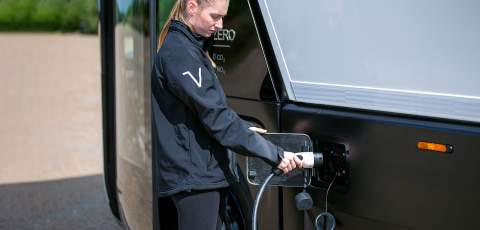
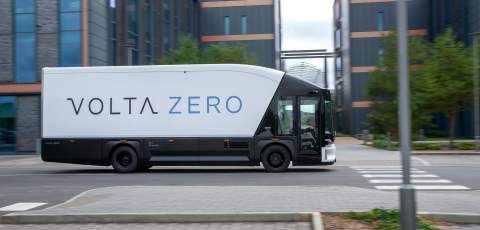
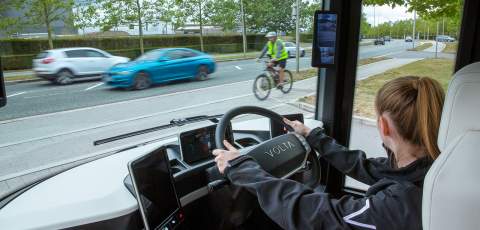
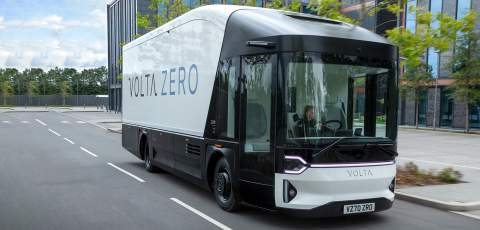
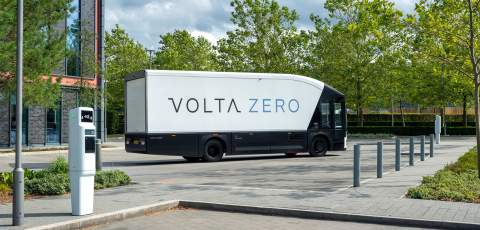

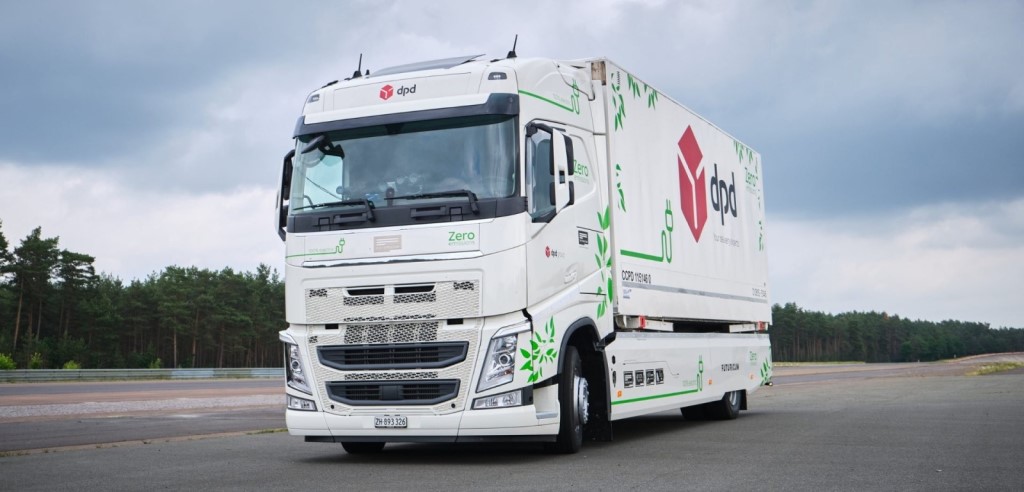
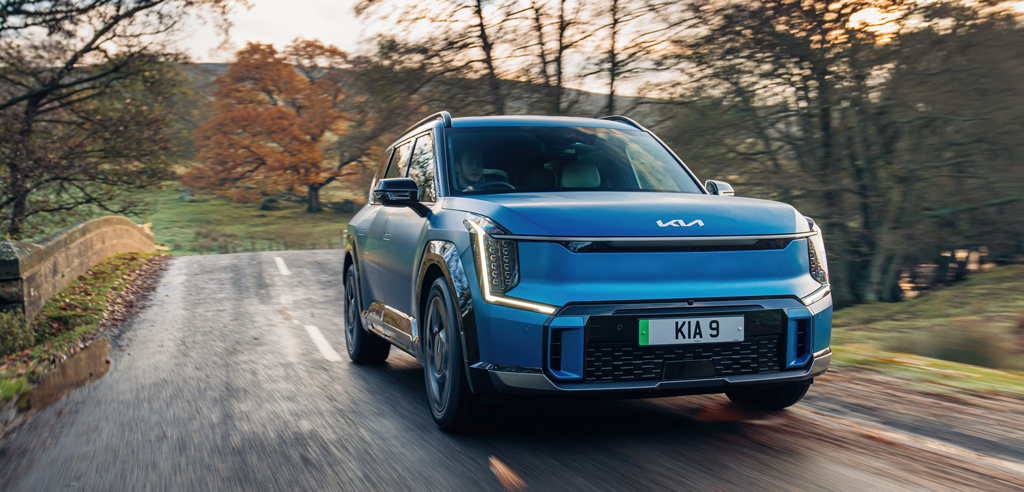
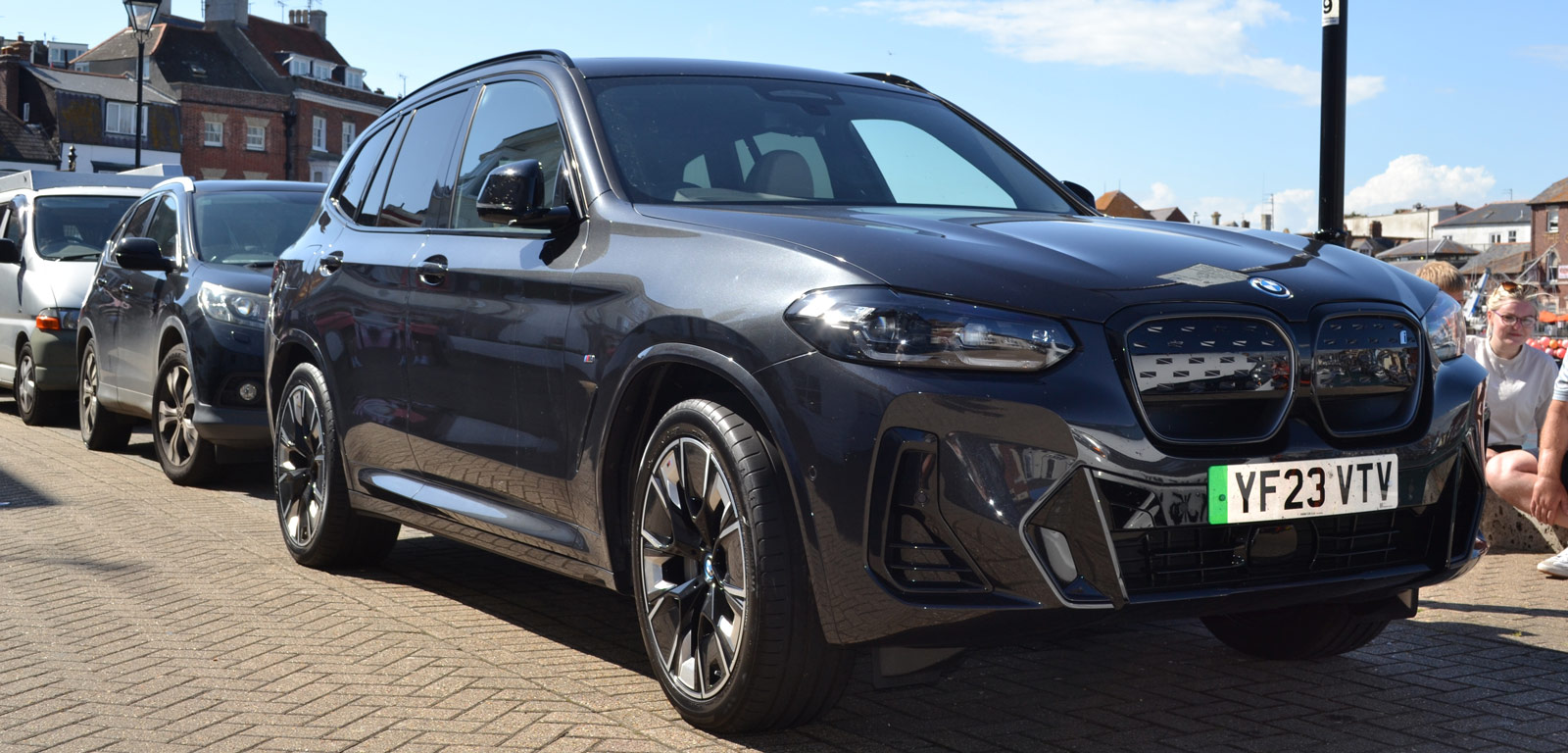
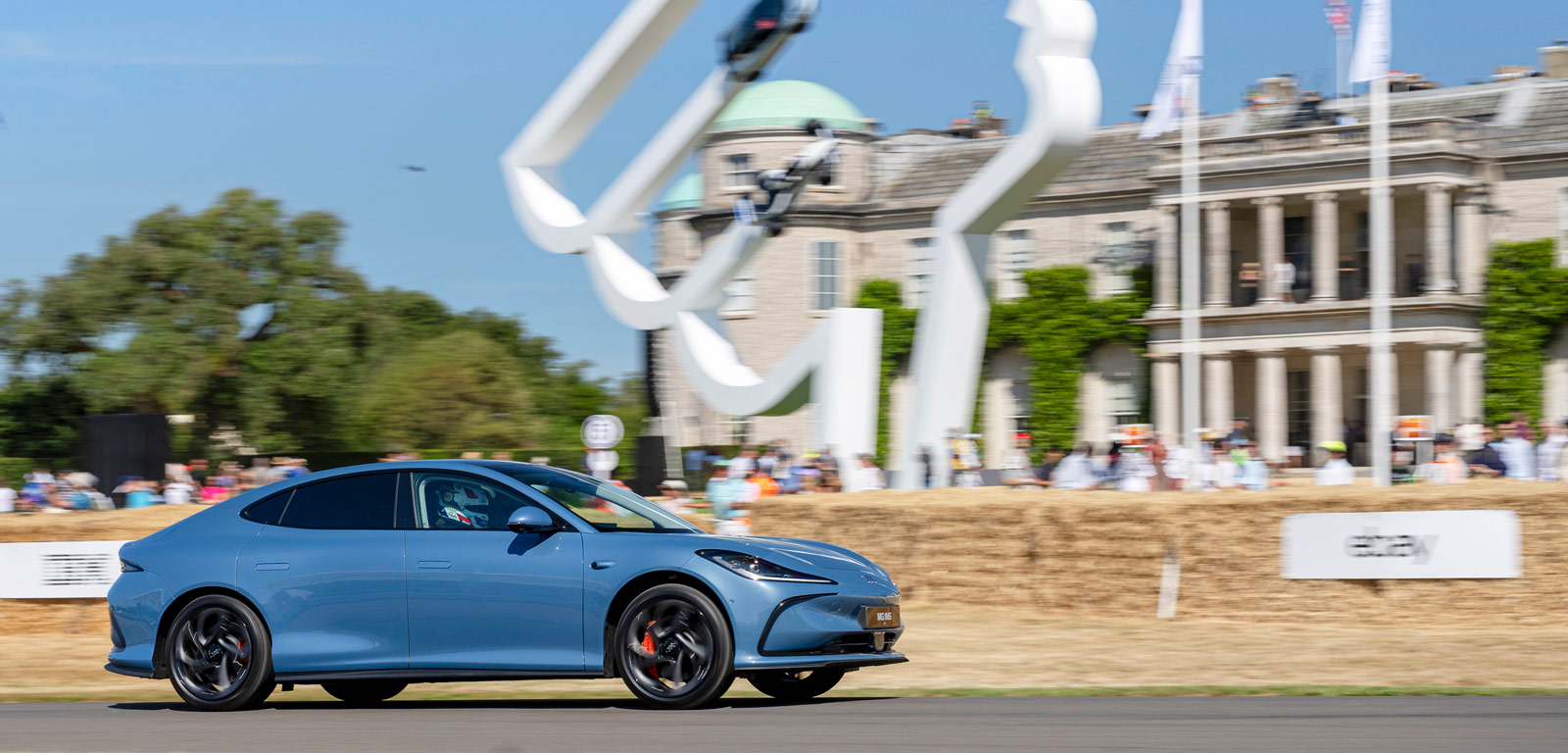
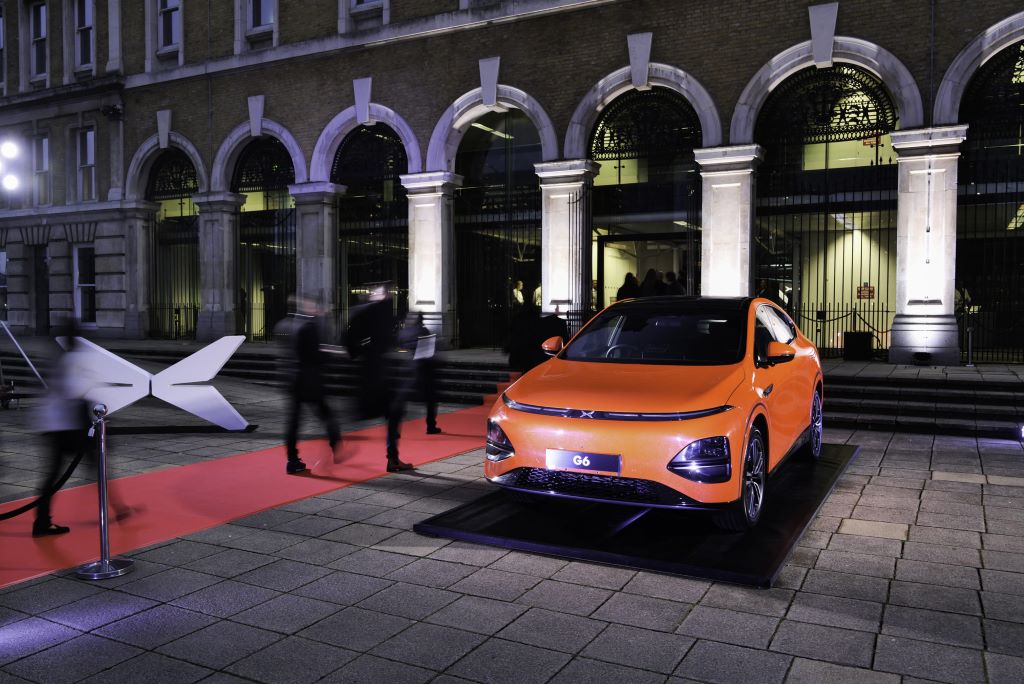
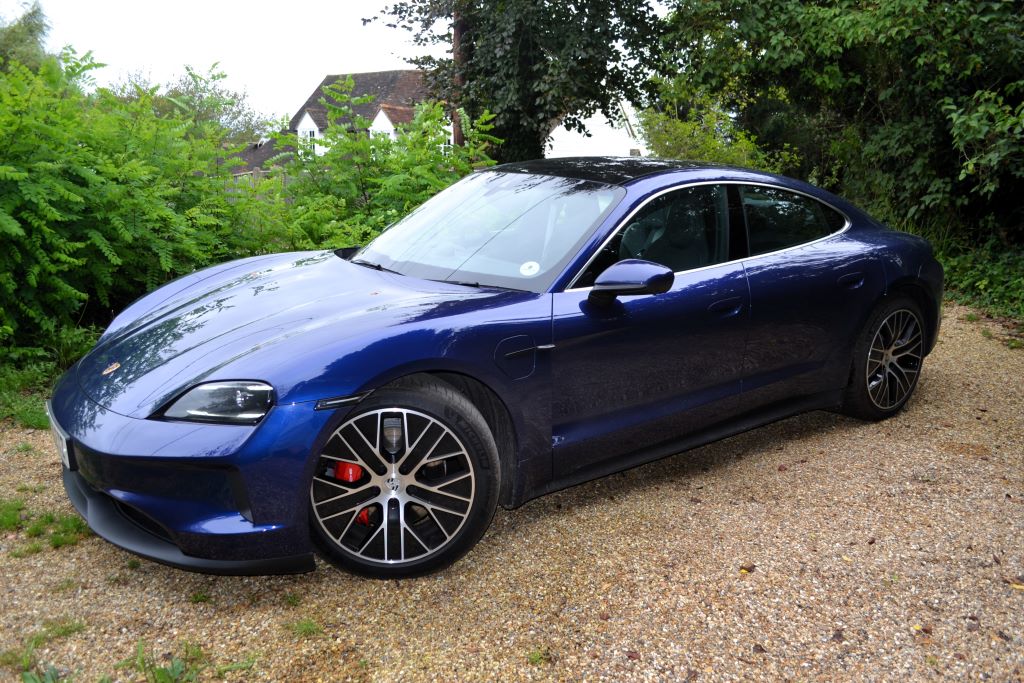

Comments (0)
Be the first to write a comment
Login/ Signup